-
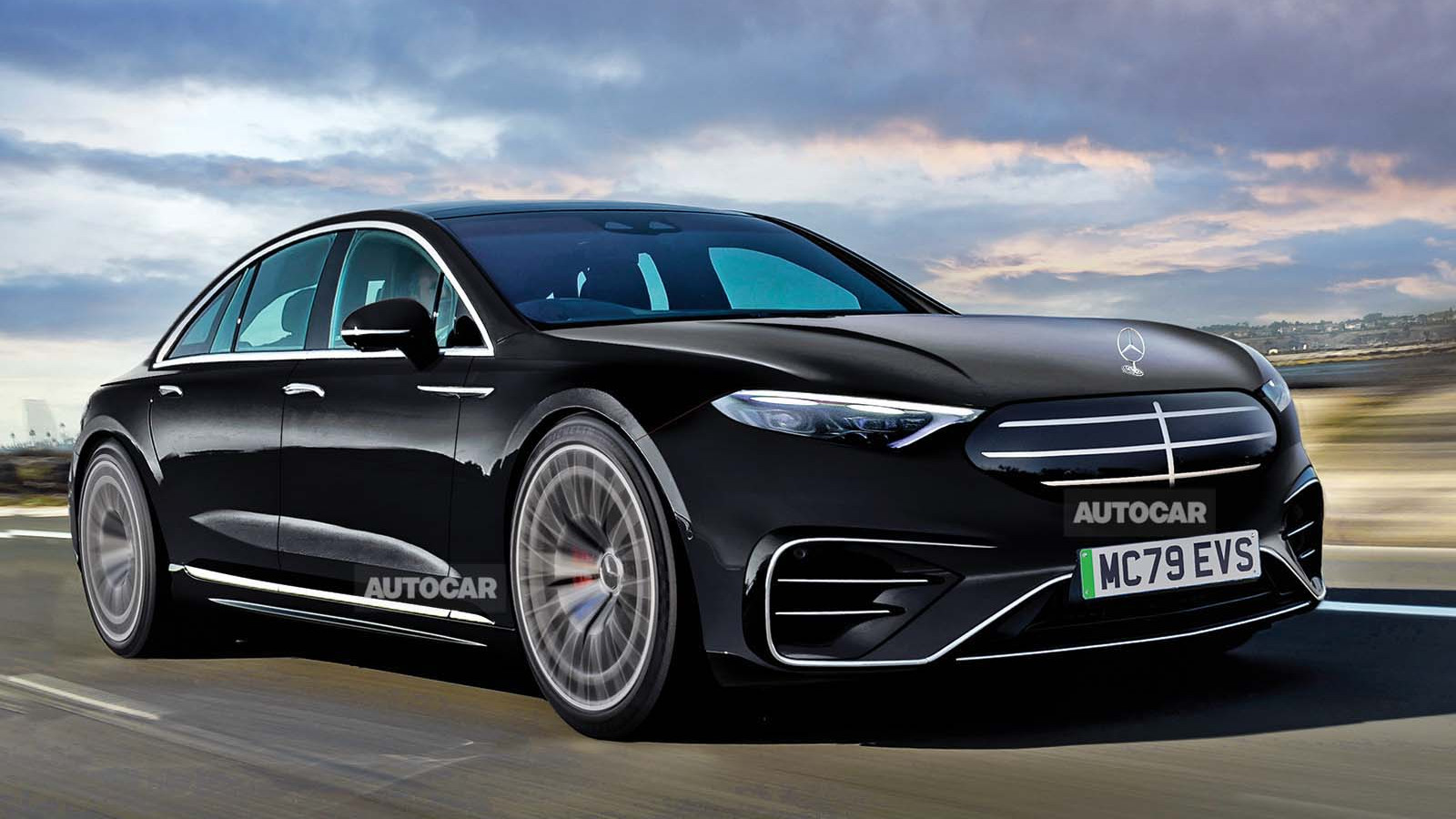 © Haymarket Media
© Haymarket Media -
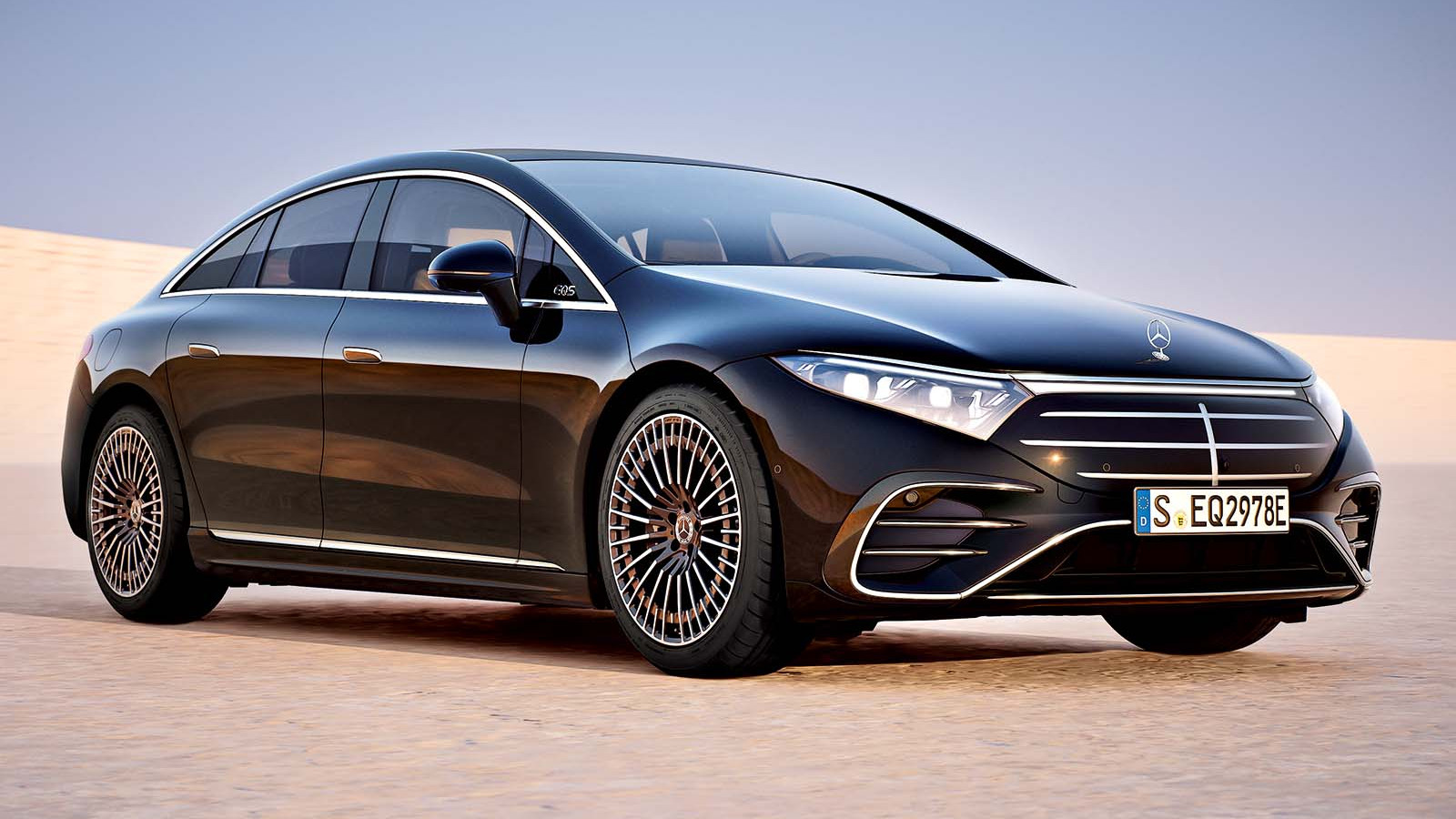 © Mercedes-Benz
© Mercedes-Benz -
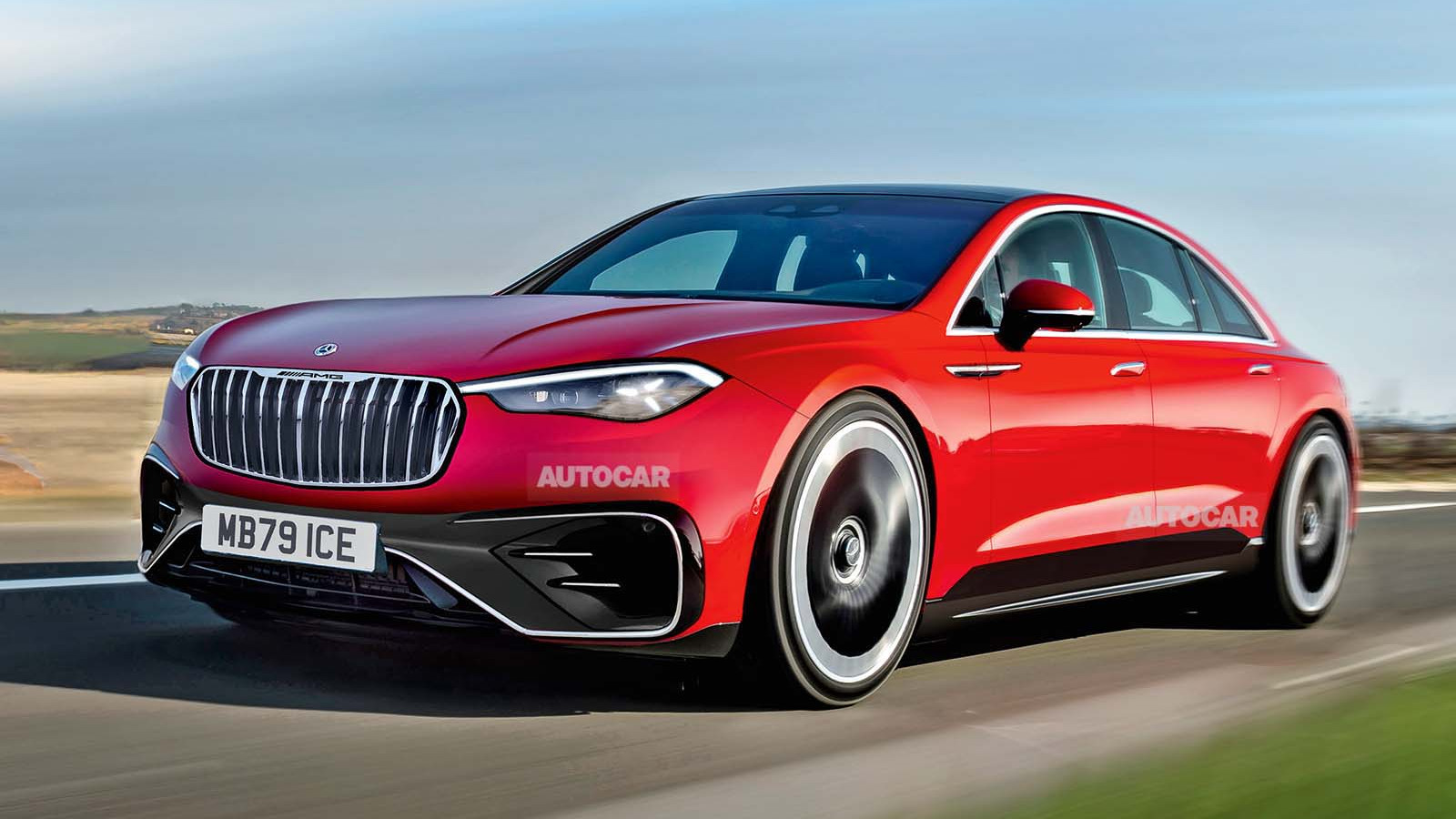 © Haymarket Media
© Haymarket Media -
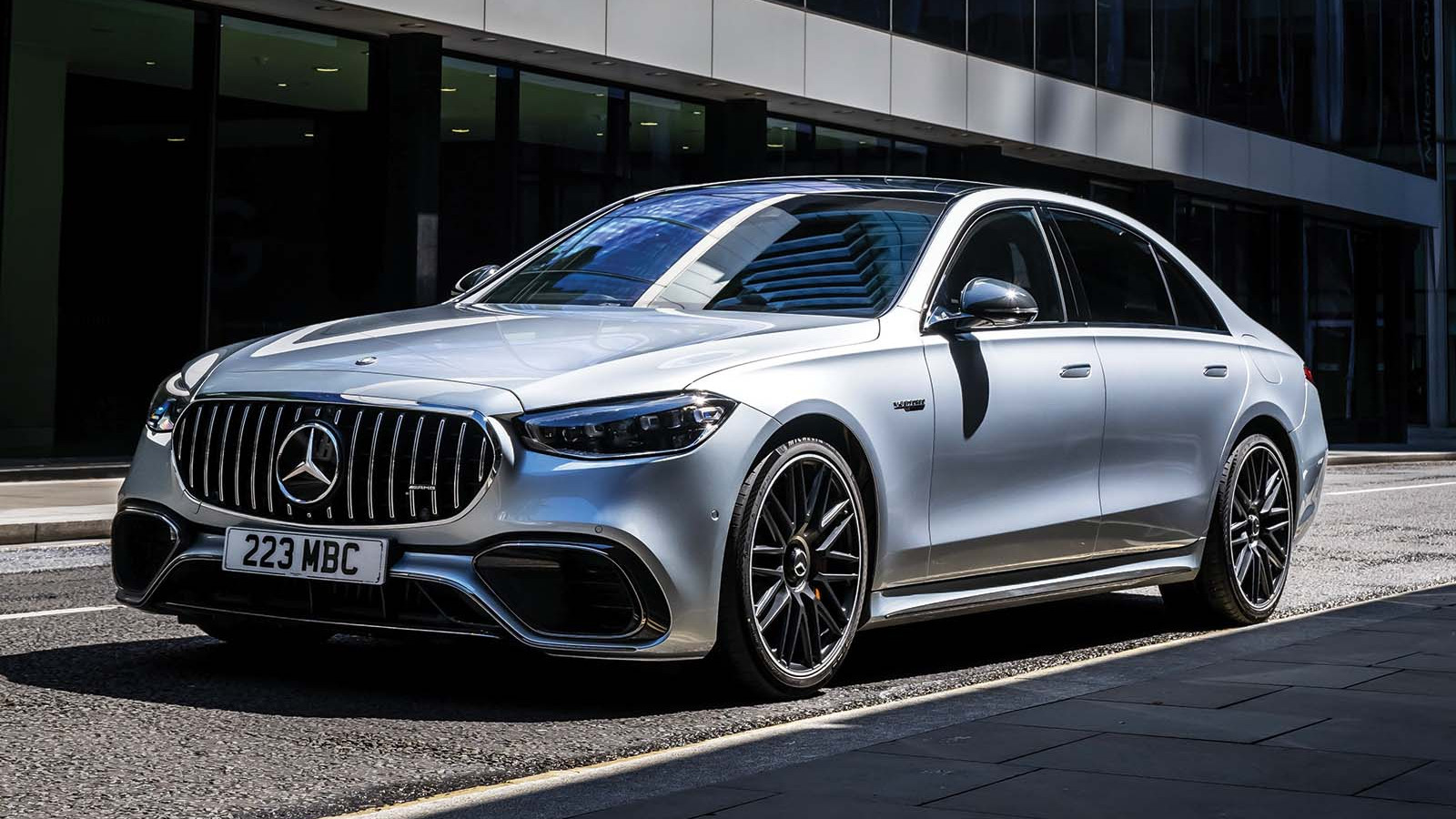 © Mercedes-Benz
© Mercedes-Benz -
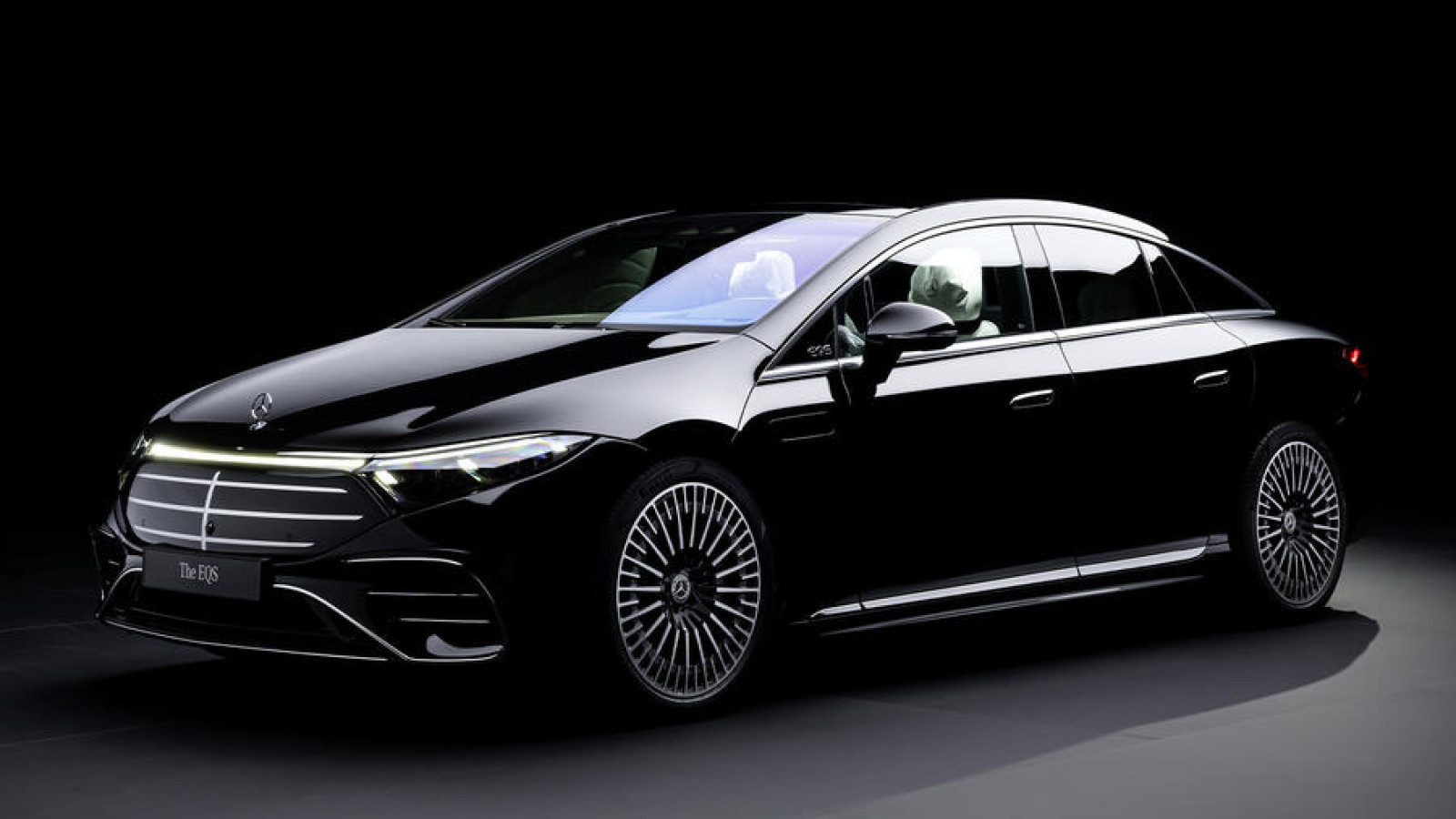 © Haymarket Media
© Haymarket Media -
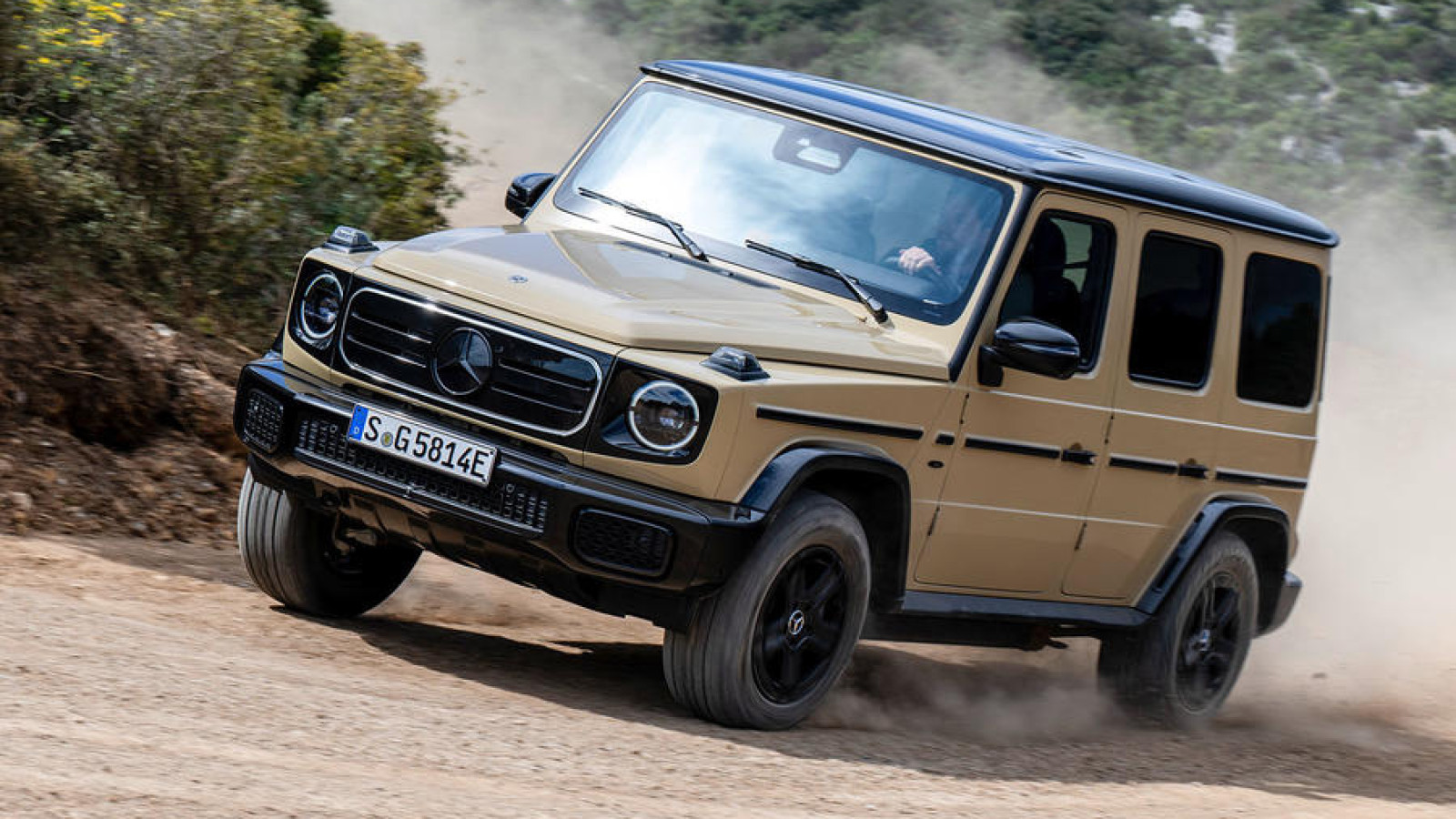 © Mercedes-Benz
© Mercedes-Benz -
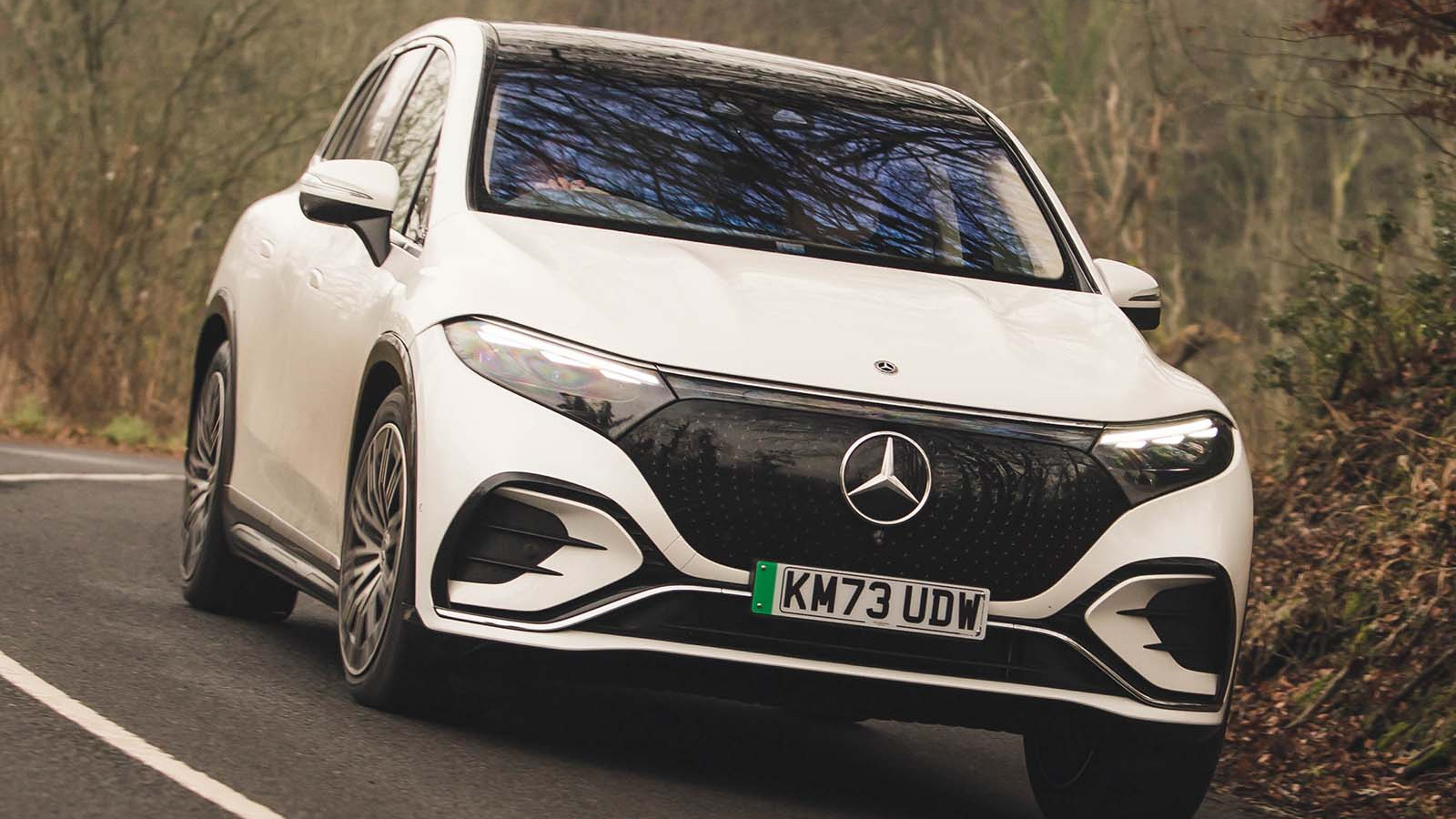 © Haymarket Media
© Haymarket Media -
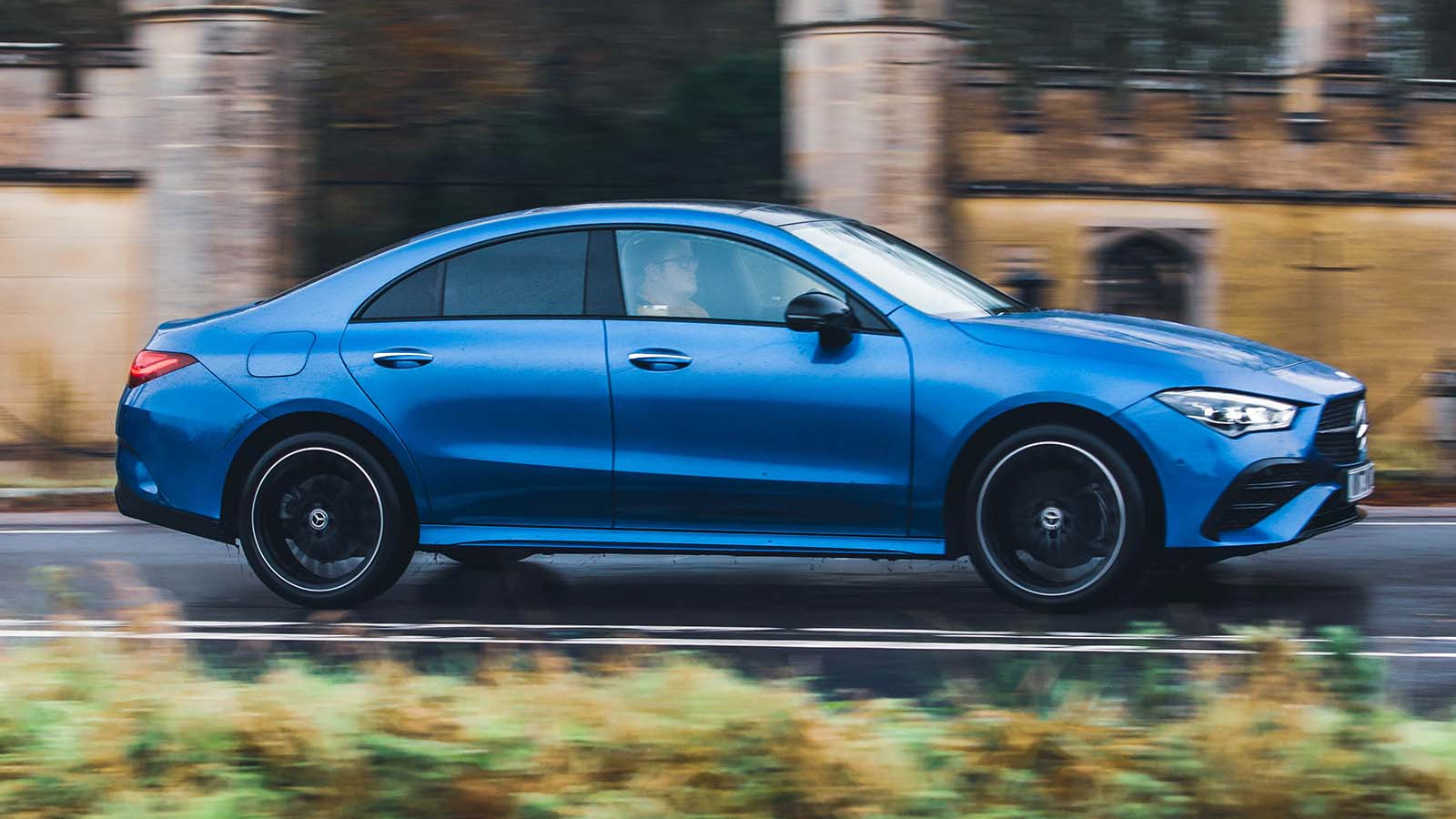 © Haymarket Media
© Haymarket Media -
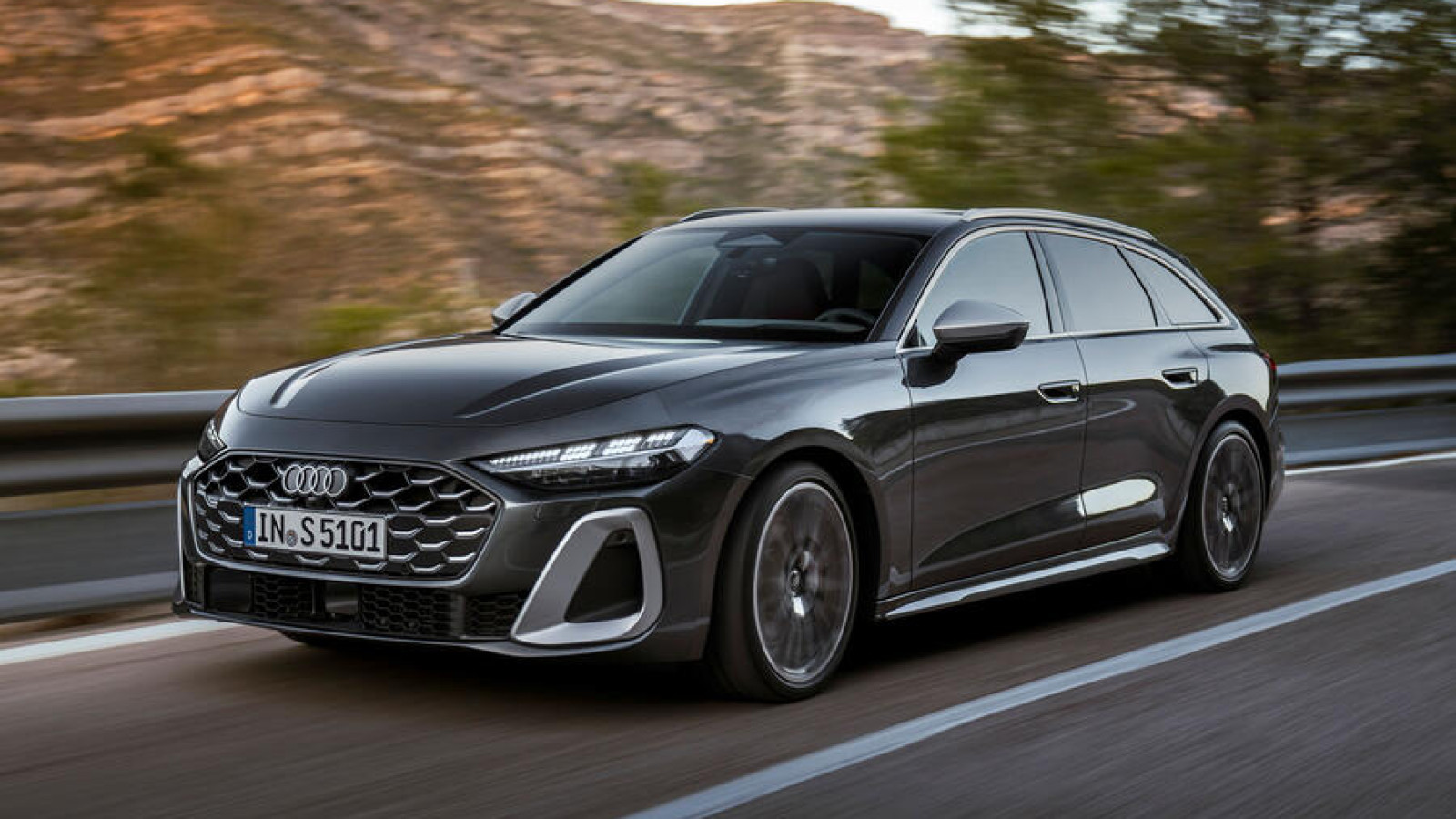 © Audi
© Audi -
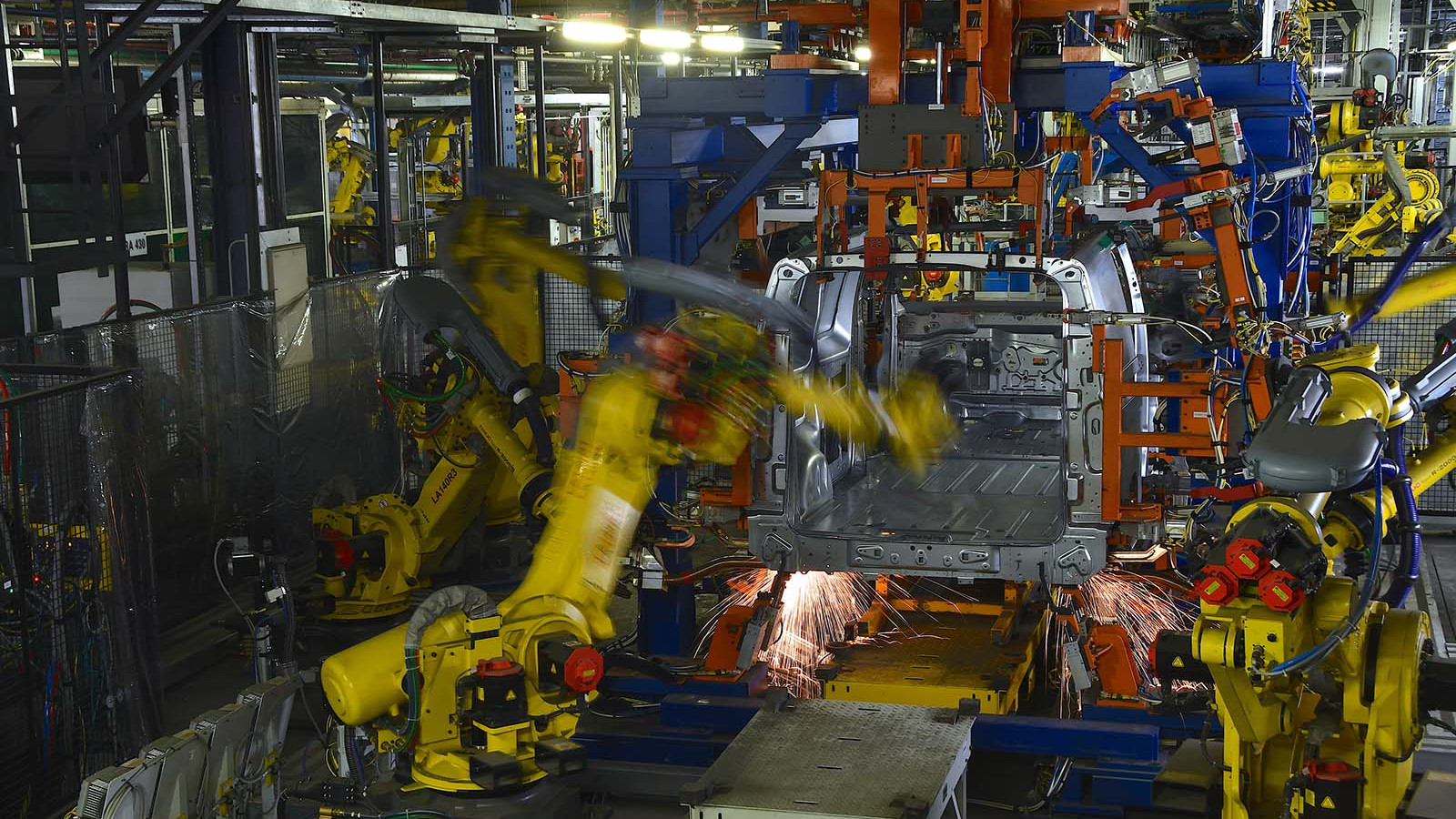 © Haymarket Media
© Haymarket Media -
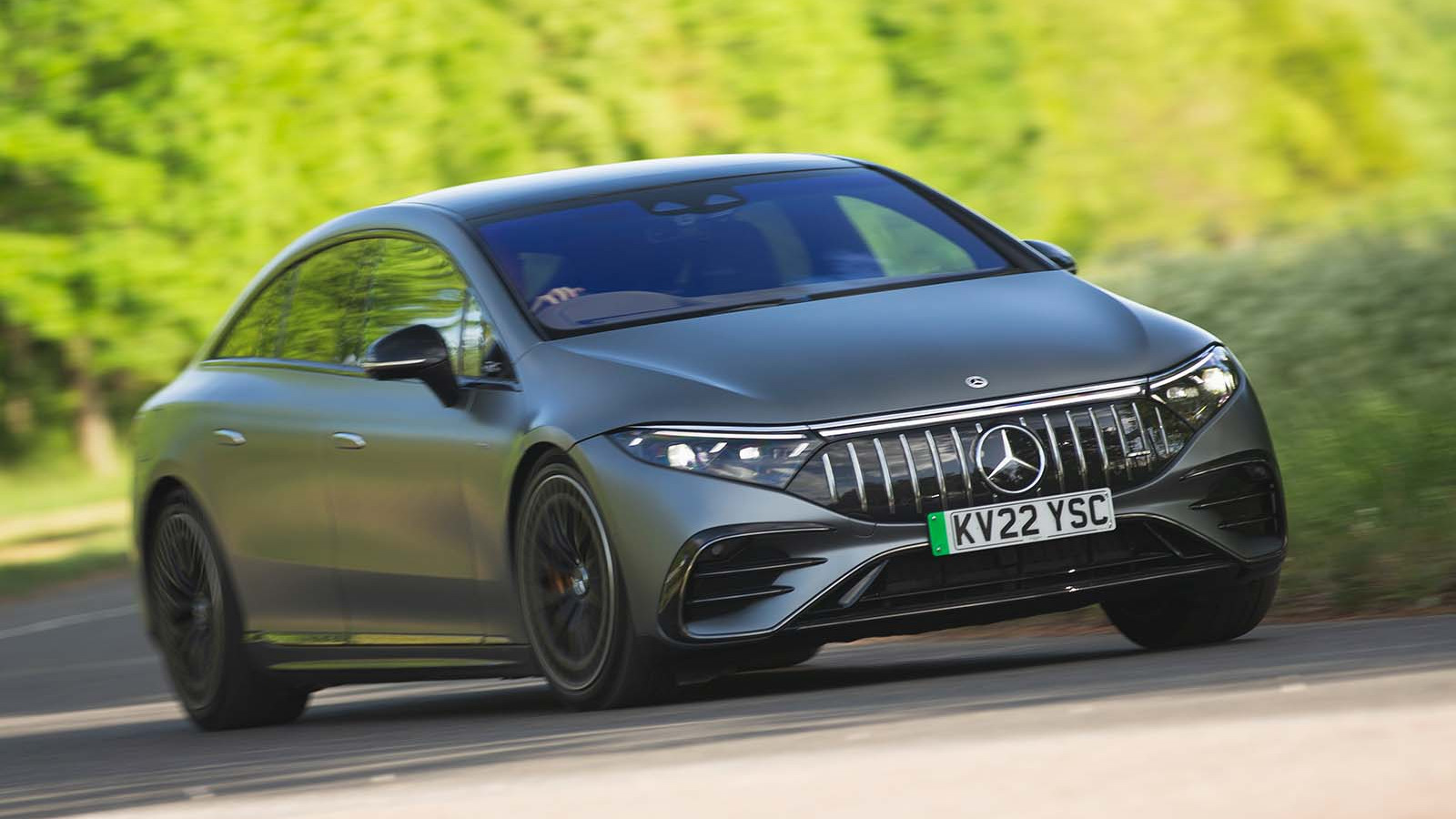 © Haymarket Media
© Haymarket Media -
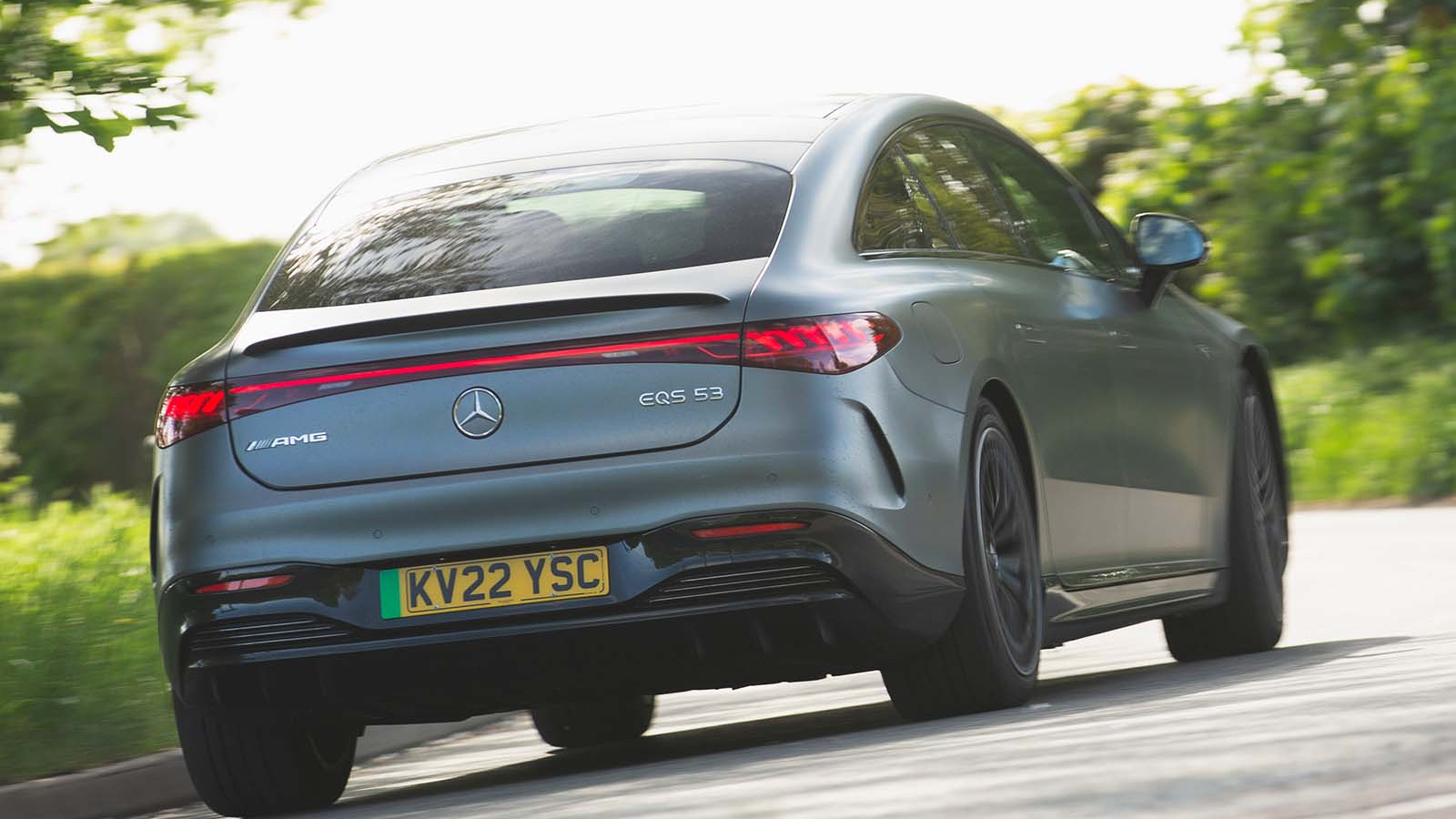 © Haymarket Media
© Haymarket Media -
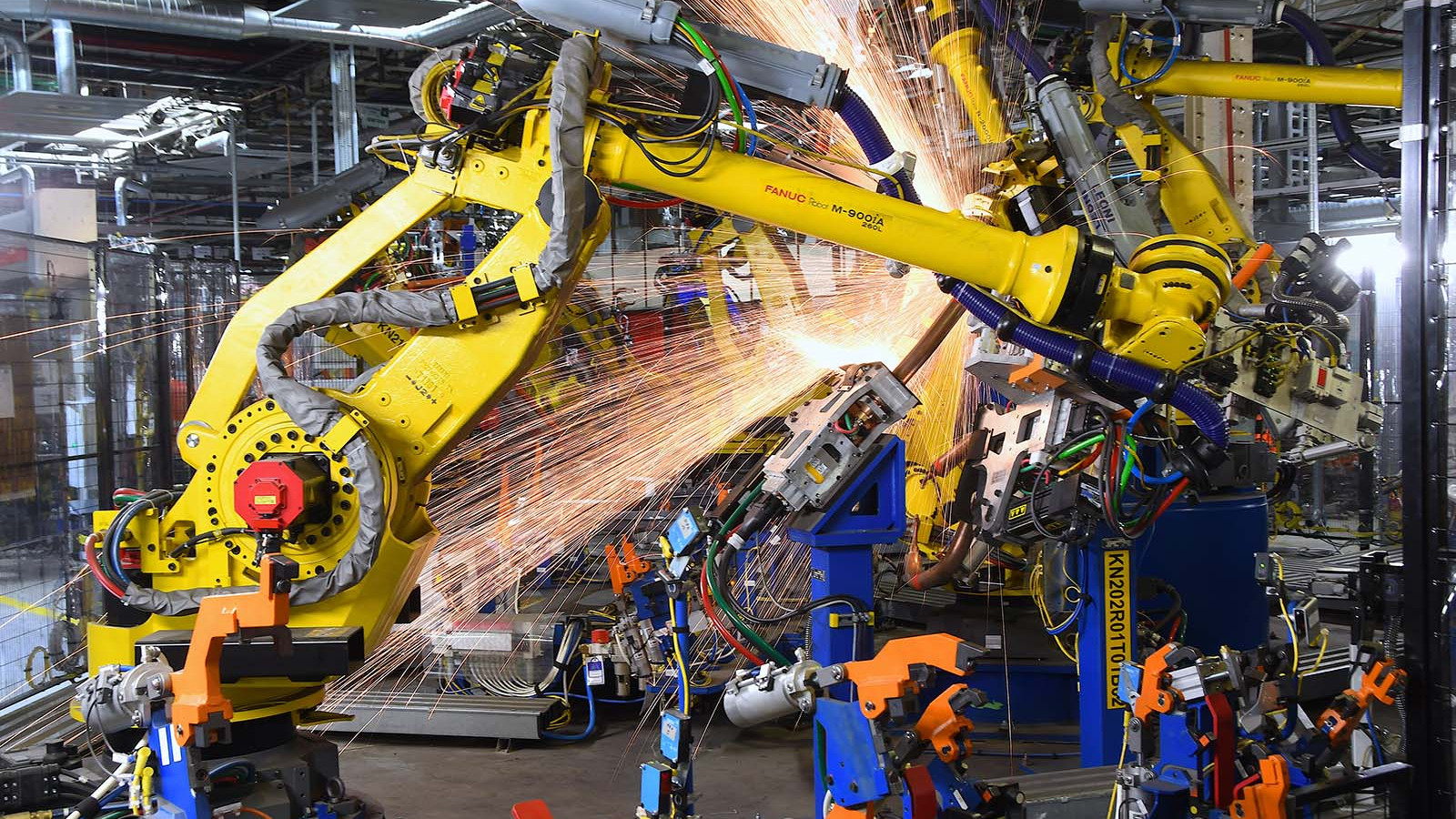 © Haymarket Media
© Haymarket Media -
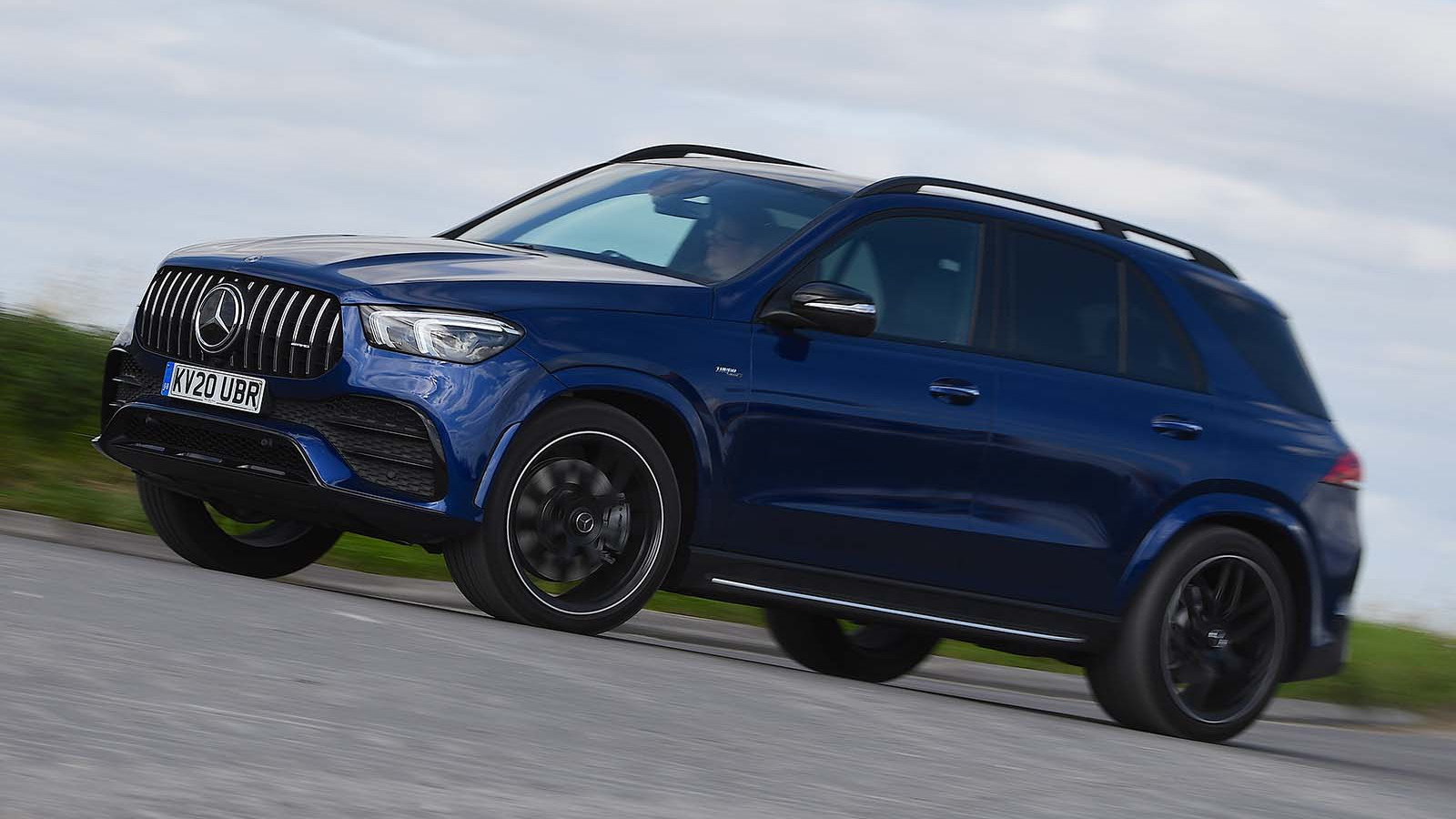 © Haymarket Media
© Haymarket Media -
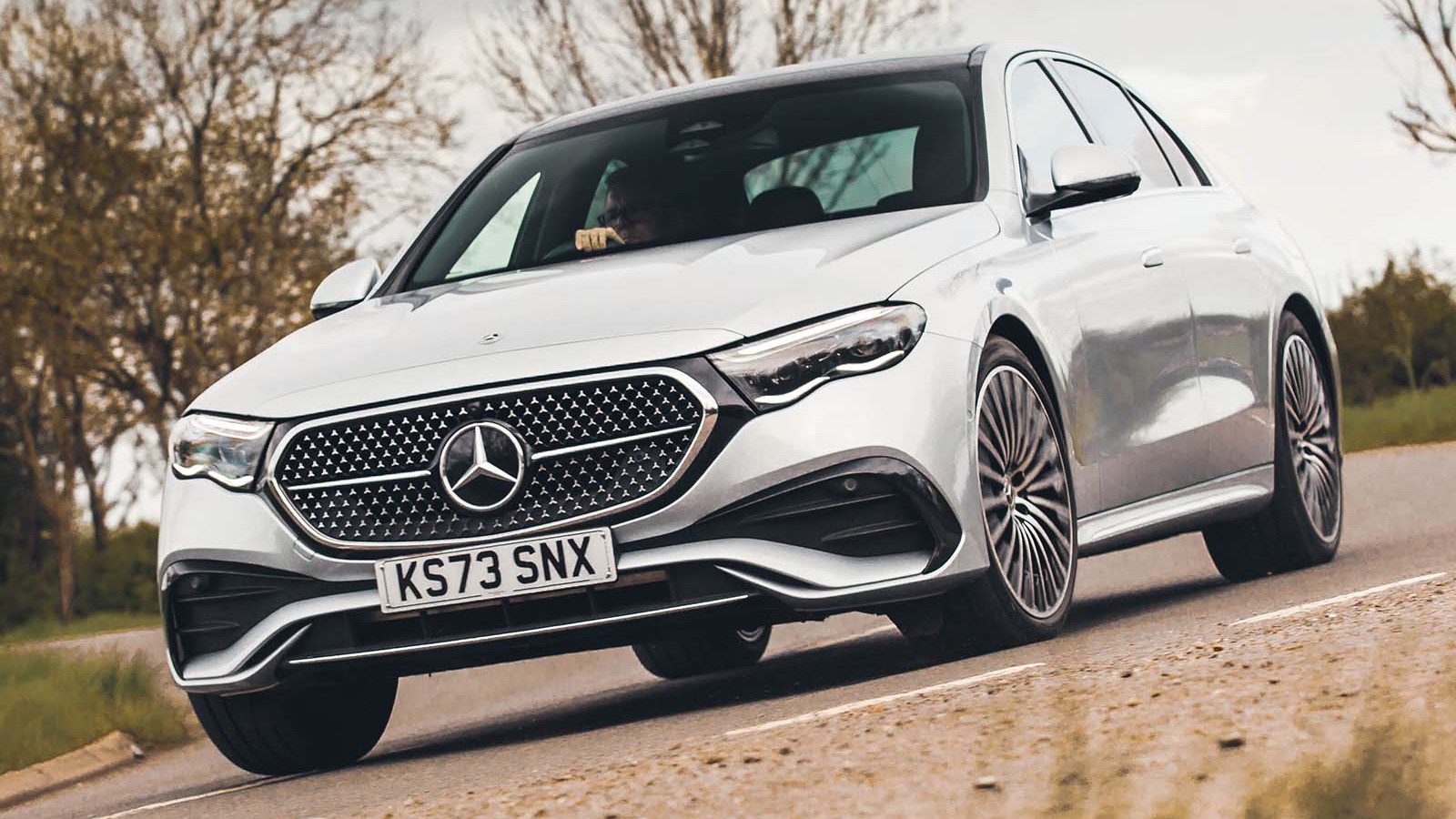 © Haymarket Media
© Haymarket Media -
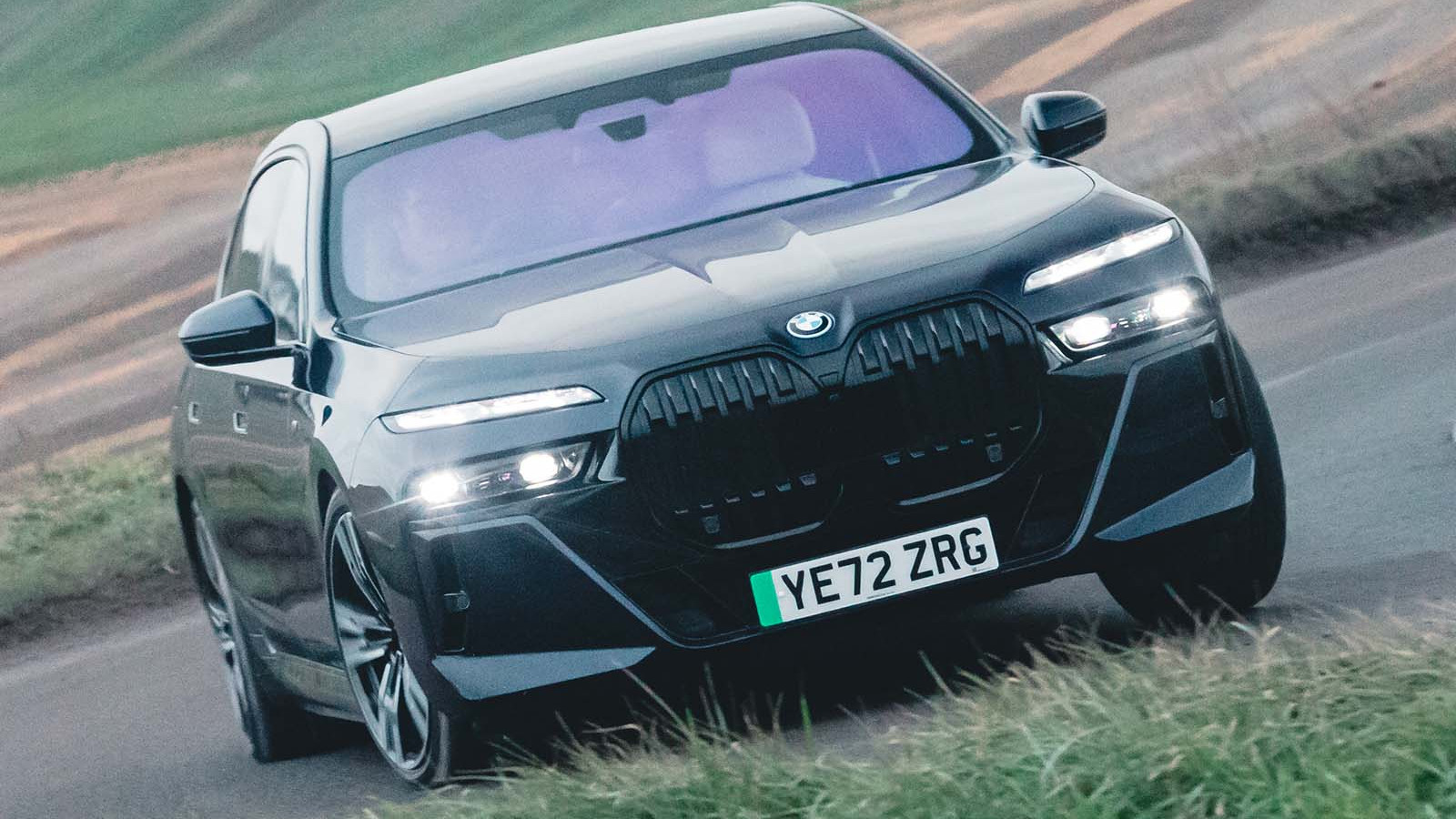 © Haymarket Media
© Haymarket Media -
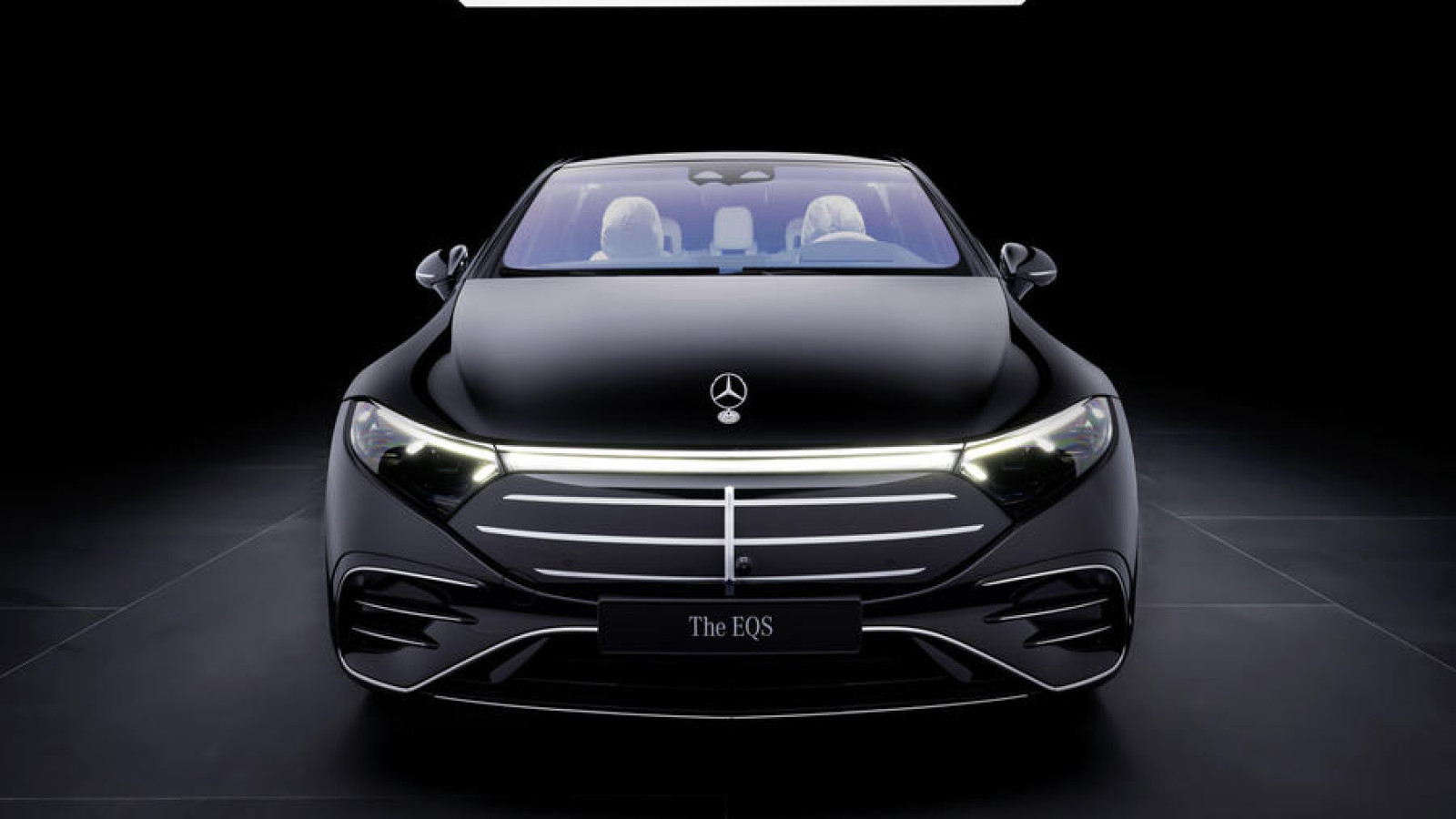 © Haymarket Media
© Haymarket Media
-
The next generation Mercedes-Benz S-Class and EQS will be unified under one name.
-
As reported by Move Electric’s sister title Autocar, this comes as part of a move by the German brand to harmonise its electric and combustion-engine line-ups.
-
This means the car maker’s flagship will continue with both electric and combustion power in its eighth generation, which is due to arrive in 2030. Mercedes will therefore do away with the EQS name introduced on its flagship electric model in 2021, CEO Ola Källenius has confirmed.
-
“There will be two S-Classes in the future – ICE and electric,” he said, adding that both versions will feature similar exterior and interior designs.
-
However, they won’t be based on the same platform, Autocar understands. The S-Class EV is set to use the upcoming MB.EA Large platform and its combustion sibling will be on a developed version of today’s MRA architecture.
-
The plan mirrors the positioning of the new G-Class, which now comes with both combustion-engine and electric drivetrain options without any significant difference in styling.
The unification of the two models follows disappointing sales of both the S-Class and EQS, with deliveries of the ICE car plummeting by 37% in the first quarter of 2024.
-
Mercedes initially projected that electric models would account for more than 20% of its 2,043,800 global sales in 2023. However, they achieved an 11% share, despite a 73% increase in the firm’s EV sales compared with 2022.
-
This shortfall undermines Källenius’s earlier goal of pure-electric and plug-in hybrid models making up 50% of the brand’s annual sales by the end of 2025. In a strategy update made earlier this year, Mercedes revised this forecast to 50% by 2030.
-
In Europe, this sales lag has resulted in the EV car parc growing by 2% so far in 2024 compared with last year, prompting manufacturers such as Audi, Ford and Porsche to change tack and refocus on ICE and hybrid cars.
-
In a separate interview with German publication WirtschaftsWoche, Källenius confirmed that Mercedes had budgeted to invest up to “€14 billion in research and development and in plants with a focus on digitalisation, electromobility and, significantly, advanced combustion engine technology” within its passenger car operations alone in 2024.
-
But while the company has given the go-ahead to investments in combustion technology, CEO Källenius denies it comes at the detriment to planned development of electric cars.
-
He put an end to rumours suggesting that Mercedes planned to stop development of the MB.EA Large electric vehicle platform in favour of the EVA2M – which will be used first by a facelifted version of the EQS next year.
-
He said: “We’re already planning with MB.EA Large.” Estimates put the original planned investment in the MB.EA platform at between €4bn and €6bn.
-
As well as underpinning the replacement for the EQS, this platform is tipped to be used for the as-yet-unconfirmed electric successors to the E-Class, GLE and GLS.
-
One high-ranking insider with key knowledge of Mercedes’ future model plans said that the decision to develop an eighth-generation combustion-engined S-Class will almost certainly ensure the E-Class continues into a seventh generation with an electric-powered version that will be a successor to today’s EQE saloon, as well as a combustion version.
-
Despite the differing platforms, the eighth-generation S-Class is planned to unify the look of both electric and combustion models in a move mirroring that of their closest rivals, the BMW 7 Series and i7.
-
As with the G-Class, each model is expected to feature its own individual grille but have common bodywork.
